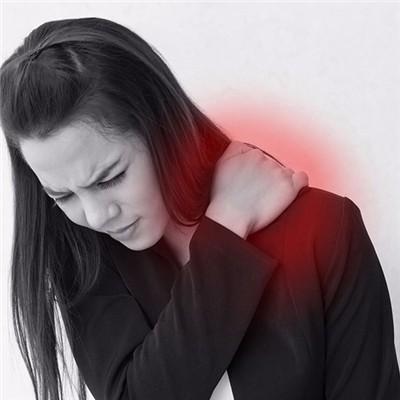What symptom does bladder tuberculosis have?
summary
Bladder tuberculosis secondary to renal tuberculosis, a small number of prostate tuberculosis from the spread. The symptoms are mild to nothing, bladder tuberculosis and urogenital tuberculosis exist at the same time. The early lesions were inflammation, edema, hyperemia and ulcer, and the late bladder contracture. The lesion involved ureteral orifice stenosis or atresia, resulting in hydronephrosis and ureteral insufficiency. What symptom does bladder tuberculosis have? Let's talk about it.
What symptom does bladder tuberculosis have?
First: bladder tuberculosis is a part of urinary tuberculosis with similar symptoms. Because the majority of bladder tuberculosis comes from renal tuberculosis, so the early lesions may lie in the kidney, often without any clinical symptoms. With the development of the disease, bladder irritation is more obvious, manifested as frequent micturition, urgency and pain, which is often the chief complaint of patients. In patients with bladder tuberculosis, the frequency of urination is more serious, because the disease spread to form tuberculous cystitis.

Second: serious bladder tuberculosis, can cause hydronephrosis, can appear chronic renal insufficiency symptoms, such as edema, anemia, nausea, vomiting, oliguria or even sudden anuria.

Third: the tuberculous ulcer of bladder wall penetrating into adjacent organs can form tuberculous bladder node, intestinal fistula or vesicovaginal fistula. When penetrating through the abdominal cavity, urine flows into the abdominal cavity, resulting in acute abdomen.

matters needing attention
At present, there are many drugs with clinical application value, but isoniazid, streptomycin and salicylic acid have better curative effect and less toxicity, so they are called first-line drugs. Other drugs, such as Aminothiourea, pyrazinamide, kanamycin and cycloserine puromycin, are less effective and more toxic than first-line drugs, It is only used when TB is resistant to the first-line drugs, so it is called the second-line drugs. Rifampicin and ethambutol are relatively new drugs. Because of their high efficacy and low toxicity, they tend to replace p-aminosalicylic acid as the first-line drugs in recent years.










